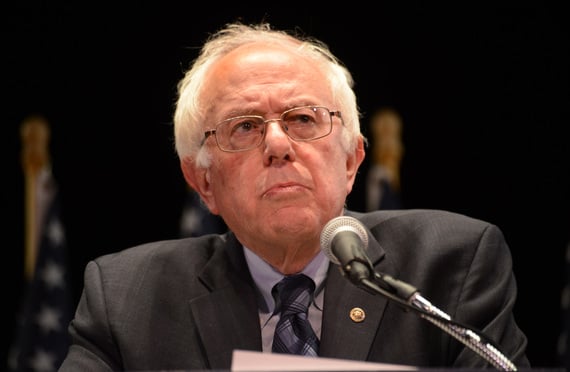For nearly half a century, the gap between health careservices available to the rich and the poor in theUnited States narrowed, largely because of enormous investment bytaxpayers in public health programs such as Medicare andMedicaid.
|But a new study shows that that trend reversed in 2004 becauseof the rising cost of health care and cutsto public health programs.
|The analysis was published in The Hill by Drs. Steffie Woolhandler and DavidU. Himmelstein, professors of health policy at the City Universityof New York and co-founders of the Chicago-based Physicians for a NationalHealth Program, a group that advocates for a single-payerhealth care system.
|The reversal was so stark that by 2012, the wealthiest 20percent of Americans consumed 43 percent more in medical servicesthan the average American. They consumed over $1,000 more inmedical services per year than middle-income Americans and $1,743more than those in the bottom fifth of incomes.
|That may sound logical. The wealthy get more of everything,right? But the authors point out that that was hardly the case inpast decades. For instance, the poor received 14 percent moremedical services in 1977 than the wealthy, a situation that theauthors argue is a logical outcome of the greater health challengesfacing low-income people.
|The study does not include years since the implementation of theAffordable Care Act. Other studies have shown that the ACA hasreduced disparities in insurance coverage, leading to bigreductions in uninsured rates among low-income and minoritypopulations.
|However, Woolhandler and Himmelstein argue the landmark healthlaw will not do enough to reduce disparities because it largelyenshrines the high-cost private insurance industry’s role in healthcare.
|They highlight, for instance, that the average deductible hasincreased 255 percent in the past decade. One of the constantcomplaints about ACA plans has been the high deductibles that manylow or middle-income customers say they can’t afford to cover inthe event of an emergency.
|“That kind of insurance is akin to a hospital gown: it gives theimpression that you’re covered, but doesn’t actually cover yourbutt,” they quip.
|Other medical professionals have criticized the narrow networks in manyACA plans, arguing that some plans include so few nearby providersthat many policyholders have avoided crucial preventative care andcontinued to be forced to resort to expensive, emergency room care,just as the uninsured traditionally have done.
Complete your profile to continue reading and get FREE access to BenefitsPRO, part of your ALM digital membership.
Your access to unlimited BenefitsPRO content isn’t changing.
Once you are an ALM digital member, you’ll receive:
- Critical BenefitsPRO information including cutting edge post-reform success strategies, access to educational webcasts and videos, resources from industry leaders, and informative Newsletters.
- Exclusive discounts on ALM, BenefitsPRO magazine and BenefitsPRO.com events
- Access to other award-winning ALM websites including ThinkAdvisor.com and Law.com
Already have an account? Sign In
© 2024 ALM Global, LLC, All Rights Reserved. Request academic re-use from www.copyright.com. All other uses, submit a request to [email protected]. For more information visit Asset & Logo Licensing.








